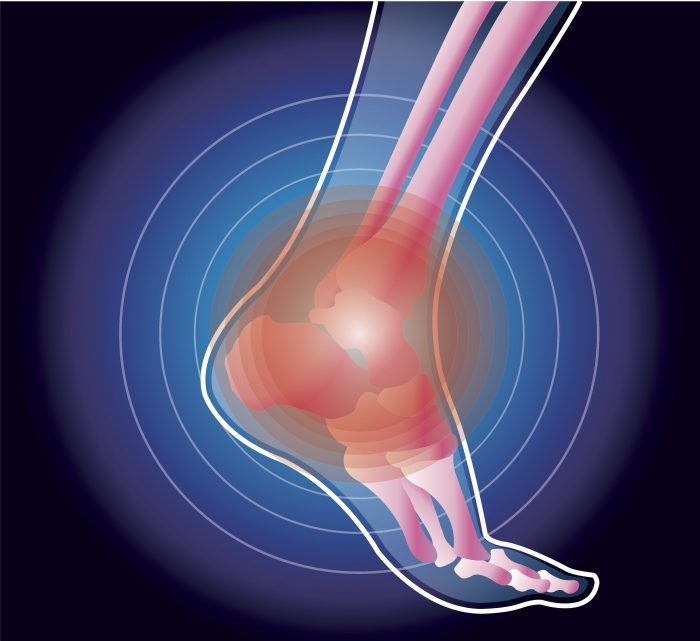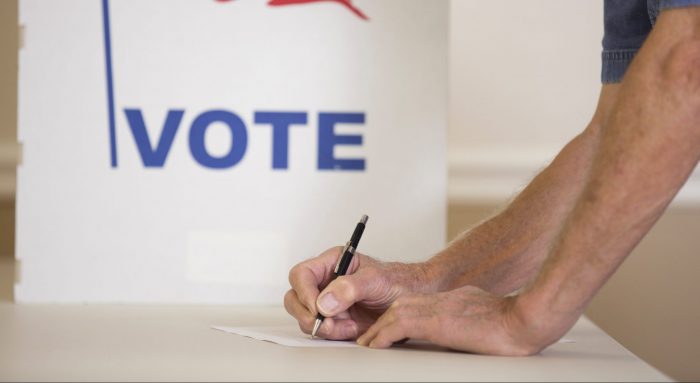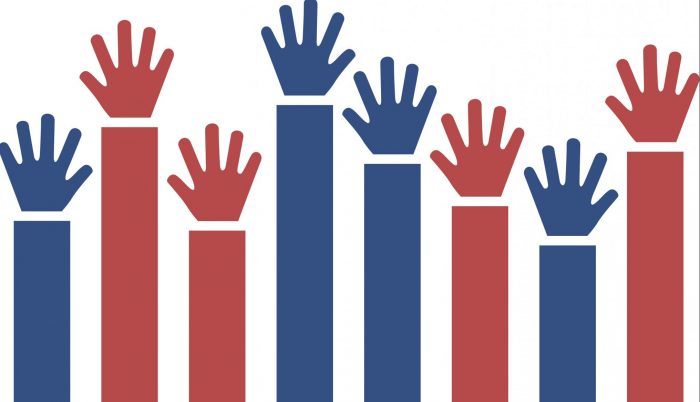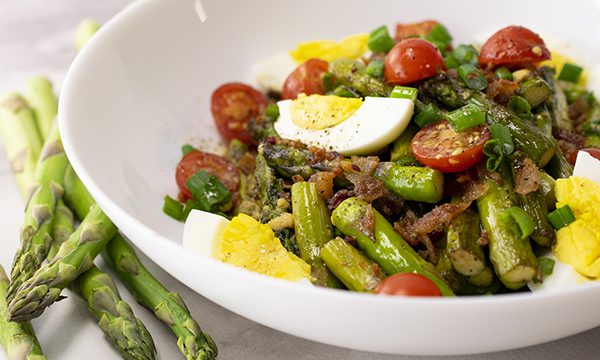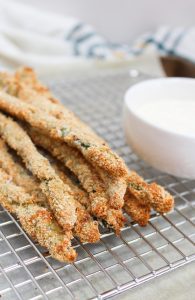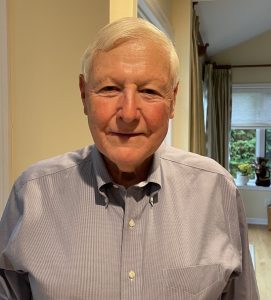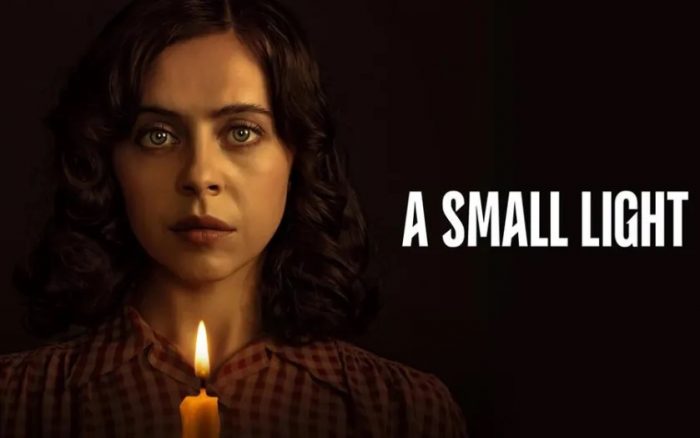By Daniel Dunaief

What if my dog had opposable thumbs, understood technology, had his own phone and could, and wanted to, take pictures of me?
Yes, I know that’s a lot of “ifs,” but, given how often I take pictures of him in different lighting, rolling on his back in the grass, lifting his ears when I call for him and wagging excitedly to go in the car, I can’t help imagining the kinds of pictures he might take of me.
— Picking up poop. This one would probably be one of his favorites. Having an OCD owner, he might enjoy opening his phone and showing his pet pals how I turn my head as I reach for his solid waste. He might ask them to notice my shallow breathing and my pursed lips. He might also suggest they observe the way I pull my head back as far as my short arms allow from his poop while I try to get as much of it as possible into a bag.
— The frenetic play face. Sometimes, my excitement gets the best of me. My dog might show his friends how I purse my lips, raise my eyebrows and pull my cheeks back in an expression that looks like excitement bordering on mania. We were once sitting with another family in an already awkward social situation. When their dog came out, I instinctively made that face, causing the conversation to stop and adding to my list of awkward moments, courtesy of dad.
— The tug-of-war face. From his vantage point, I’m sure he sees me gritting my teeth as if I’m tugging with my mouth. He might point out to his pet pals, if he had a photo, that I bend my knees and make a low, growling noise to match his sounds.
— The bad doggy face. Sometimes, dogs struggle to distinguish between their toys and, say, a Derek Jeter signed baseball that either was too close to the edge of a desk or that fell on the floor. He might take out a picture that shows me pointing, stomping my feet, and shouting words that often include “no” or “don’t do that” or “bad doggy.”
— The don’t hump my leg face. The arrival of company sometimes gets the whole house excited. My dog might show his friends how his owners shake their heads, roll their eyes, frown, point and shout some combinations of the words “no” and “down” and “he doesn’t normally do this.”
— The down on all fours moment. I can imagine dogs chatting about how adorable — or maybe ridiculous — it is when their owners get down on their hands and knees to play. They might show their friends how we smile and tilt our heads as they approach. Then, of course, they might laugh as they observe how slowly we move in this position. They can cross the backyard on all fours in seconds, while we don’t stay down for long.
— The my-human-needs-a-friend face. Dogs can sense, either from the sounds we make or our body posture, when we are feeling down. My dog reacts to my tone. He jumps up, wags and throws his head into my knees when he hears me telling a story filled with conflict or when I raise my voice after hanging up after a frustrating call. In a picture, he might show me sitting at my desk, shoulders slumped, with my head down and my eyes nearly closed. In that picture, he might brag to his fellow dogs about his value as a companion.
— The my-human’s-team-just-won face: Pets probably find sports somewhere between amusing and unnerving. Humans shout at the TV, jump up and down, and scream “no” and “yes” in rapid succession. When it’s all over, if our team wins, we might reach down and pet them with so much energy and enthusiasm that we jump up and down, holding their paws as we dance and shout with them.




